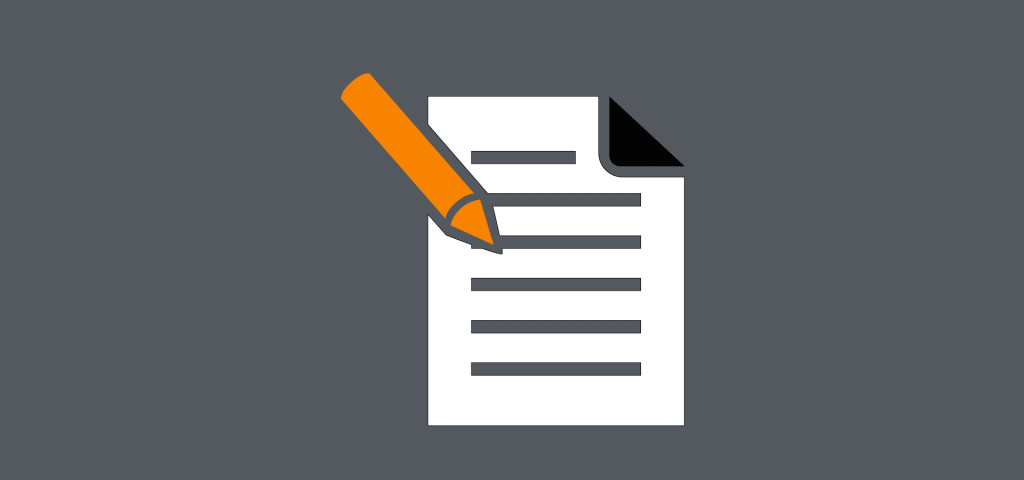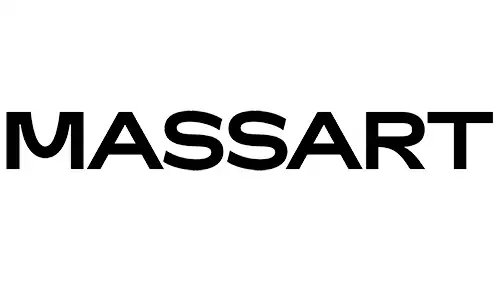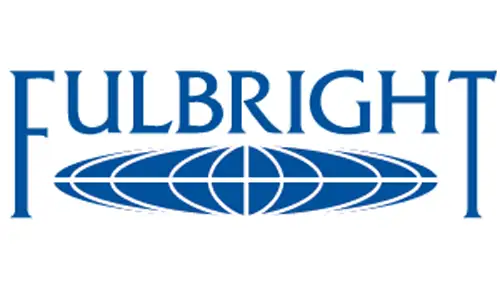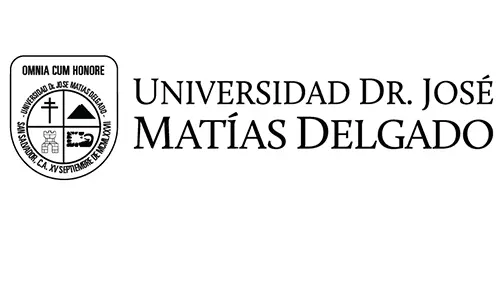If you’re considering publishing an e-book for the first time, an obvious step is to get online and read up on the subject. If you do, you might be forgiven for thinking these e-publishing types are speaking their own lingo. Like any new area or field the journey to your first book can be a tangled linguistic jungle. To the new adventurer, e-publishing jargon can be a minefield of mistakes waiting to happen. If you don’t know your editing from your proofreading or your copyright from your copywriting, then it’s worth a few minutes of your time to read through our new start guide to the language of e-publishing.
1. Blurb
This is a short text to promote your book. Often found on the back cover of print books, the blurb contains a short description of the contents and acts as an enticement to download the book.
2. Concept design
You know what you want your book to achieve but the question is how? Concept design is the first step in the process in which the broad appearance and brand for your book is agreed, including colour schemes and basic layout.
3. Conversion
Most books are written on-screen these days. The process of transferring the original manuscript file (e.g. Word document) into an e-book file compatible with e-readers and other devices is called conversion.
4. Copyright
As the author and creator, you hold the copyright to your book, giving you the right to control its publication, distribution and copying for a period of time (currently in Australia, that period is 70 years after the author’s death). These rights can be legally assigned, for example to a publisher. (Not to be confused with the similar-sounding “copywriting” which is writing for purposes of advertising or marketing).
5. E-book
The ‘E’ stands for ‘electronic’. An e-book is also known as a digital book and they are read using electronic reading devices like Kindle, Kobo, Sony and Nook, iPad, iPod touch and even mobile phones and computers.
6. E-book format
This refers to the file type of the e-book. Some, such as MOBI and KF8 are specific to a particular range of reading devices. EPUB is a free-to-use open standard, created by the International Digital Publishing Forum, and usable on many devices.
7. Editing
Writing is one thing, editing is another, and both require a different mindset and focus. Broadly speaking, editing is the checking through of the manuscript and can be carried out at a number of different levels:
- Structural Editing – a review of chapter structure and order, presentation of key points and events, and writing style.
- Copy Editing – checking the manuscript for clarity, consistency, layout, and accuracy.
- Line editing – focusing on sentence flow, syntax and readability, removing repetitions and generally improving tone.
8. Formatting and page layout
Designing the way the text will look on the page and throughout the book, bearing in mind the reading experience and the aim and intended impact of the book.
9. Ghostwriting
A common and ethical practice – especially for biographies and business books – in which a professional writer (usually uncredited) takes the material and ideas from the credited author and writes it up in their ‘voice’. An ideal option for those with a story or book to write but who find themselves without the time to do so.
10. ISBN
This is the 13-digit number found on the back of print books above the bar code. In order to be identified as unique, every book – print or e-book – is required to have an ISBN or International Standard Book Number.
11. Permissions
If you use quotations, images or text previously published in another form, you will need permission from the copyright holder to re-use it in your e-book.
12. Print-on-demand (POD)
This is not technically an e-book term, but POD is often the way e-books make an initial crossover into print. A POD publisher provides the option of printing books to order, thus avoiding the need for large print runs and potentially unsold copies.
13. Proofreading
After editing, proofreading is a close read-through of the text looking for final errors such as typing mistakes, misspellings, punctuation and typesetting and layout.
14. Subsidiary Rights
Subsidiary rights sit originally with the copyright holder and relate to using the e-book’s contents in other formats or media, such as audio, film, TV, serialisation, and so on.
15. Typography
The choice of font and typeface can make a great difference to the accessibility of the book and depends on a variety of considerations, including the intended audience, print conditions and an understanding of current technology for electronic books.








